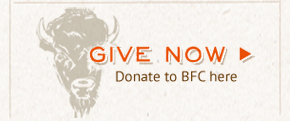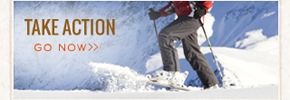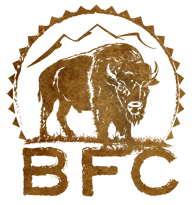By Stephany Seay, Media Coordinator
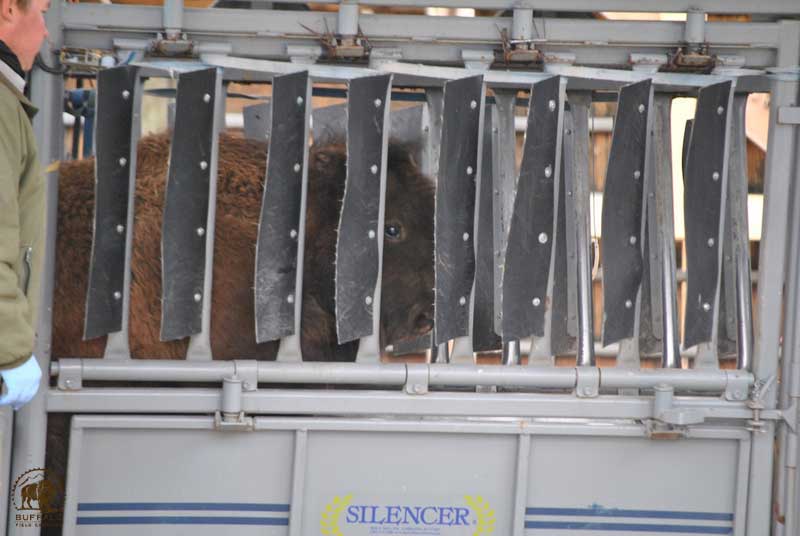 A terrified yearling buffalo tries everything to escape Yellowstone's sqeeze chute, where she is tested for exposure to brucellosis. Yellowstone's trap is the end of the line for wild buffalo, which leads only to death or domestication. Photo by Stephany, Buffalo Field Campaign.
A terrified yearling buffalo tries everything to escape Yellowstone's sqeeze chute, where she is tested for exposure to brucellosis. Yellowstone's trap is the end of the line for wild buffalo, which leads only to death or domestication. Photo by Stephany, Buffalo Field Campaign.
Today we learned that four more buffalo have been sent to slaughter.
These buffalo were part of the group of yearlings who have been held since the end of February, awaiting approval of Yellowstone’s 50-year quarantine plan. When first captured, Yellowstone held 57 calves.
In May, the Park Service reported that four of these calves had been sent to slaughter after blood-testing positive for exposure to brucellosis during another round of tests. 53 remained. Today we learned that another four have blood tested positive and have been taken to the slaughterhouse by the InterTribal Buffalo Council.
The stress of confinement, being orphaned, being ripped from their families, and being tormented by humans can trigger an activation of brucellosis. And positive blood-tests don’t even mean that they are infected, only that they’ve been exposed, and it’s more than likely that the false-positive results mean that they developed antibodies.
There are now 49 remaining in the trap, destined for either slaughter or life in prison. Yellowstone said they still don't have any idea when they'll make a decision about quarantine. Quarantine is not a solution to slaughter. It is a tool designed to control or kill the wild and free. Quarantine is also based on the premise that wild buffalo pose a brucellosis risk to livestock, something that is untrue.
We have said it for years, and it has been confirmed by science, that elk and the unnatural feeding grounds where high concentrations of elk are fed pose the biggest brucellosis threat. We can take that even further to say that cattle are the cause of the brucellosis threat. Cattle brought this invasive disease with them when they were brought to this country and they and their human manipulators have put this disease into our wildlife populations. Brucellosis doesn’t harm wildlife outside of the livestock producers and politicians who use it as a scare tactic to control and manipulate the wild.
Brucellosis has also been recently removed from the federal list of bio-terror agents (where it never belonged in the first place), so now scientists can freely develop a vaccine that works on cattle and use it on them. Better yet, cattle should be removed from the entirety of the Greater Yellowstone region. In the meantime, forty-nine young buffalo remain captive inside Yellowstone’s Stephens Creek buffalo trap, awaiting execution or a life sentence as livestock.
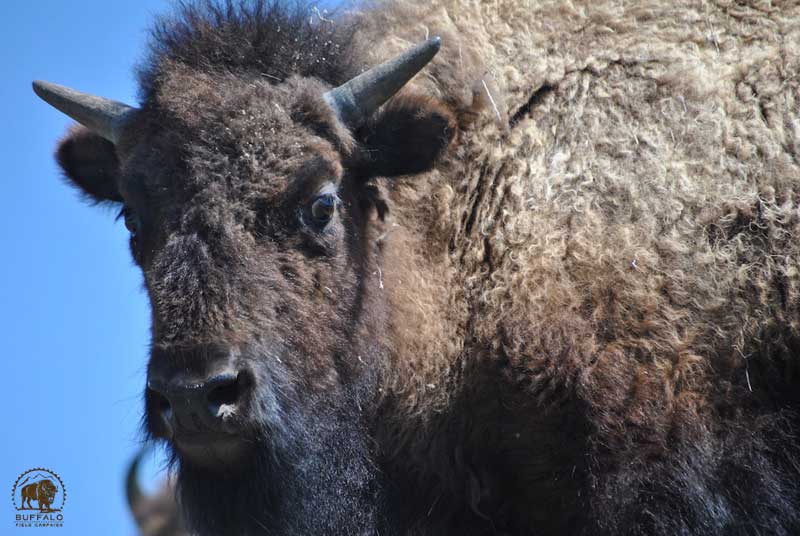 A wild yearling buffalo captured only by this photograph. Big skies, vast earth, and the comfort of his family should be the only things surrounding him. Photo by Stephany, Buffalo Field Campaign.
A wild yearling buffalo captured only by this photograph. Big skies, vast earth, and the comfort of his family should be the only things surrounding him. Photo by Stephany, Buffalo Field Campaign.
The debate is over, but only for now: buffalo are not allowed to access any of their habitat south of the Madison River, west of Yellowstone National Park. Montana Governor Steve Bullock’s legal team has thrown a bone to the Montana Department of Livestock, who were bored this spring, prevented from hazing wild buffalo.
Buffalo maintain the victory of year-round access to habitat on Horse Butte and lands north, but this most recent interpretation of the Governor’s decision fragments the buffalo’s habitat, literally cutting in half the lands that they choose to use when migrating into Montana's Hebgen Basin. One ranching family, the Povah’s, is the cause for this. They are the only ones who bring cows into that corridor for a few summer months. This is the one cattle outfit in the entire Hebgen Basin insisting that buffalo be abused or killed for their benefit. Ironically, part of the year-round habitat the buffalo have reclaimed in the Red Canyon area has a patchwork of private lands that also run summer cows. Buffalo may be hazed off of that private property, but they are allowed in the area. What makes the Povahs so special?
Fewer than four dozen buffalo and about half as many newborn calves remain around Horse Butte. The rest of the buffalo who spent spring in the Hebgen Basin have all made their own choice, on their own schedule, to migrate east into Yellowstone, to join up with other buffalo families before the rut.
The buffalo prove once again that hazing was never necessary. Times are changing, and with buffalo gaining year-round habitat and the majority of residents celebrating, and with the unsustainable nature of the livestock industry becoming more and more apparent, things are working in the buffalo’s favor.
We'll continue to stand with them, with your help, in their defense. And we’ll never stop until wild buffalo roam free all over this land!
Wild is the Way ~ Roam Free!
~ Stephany


